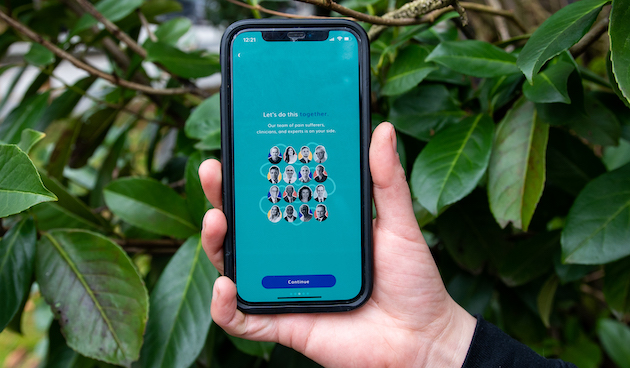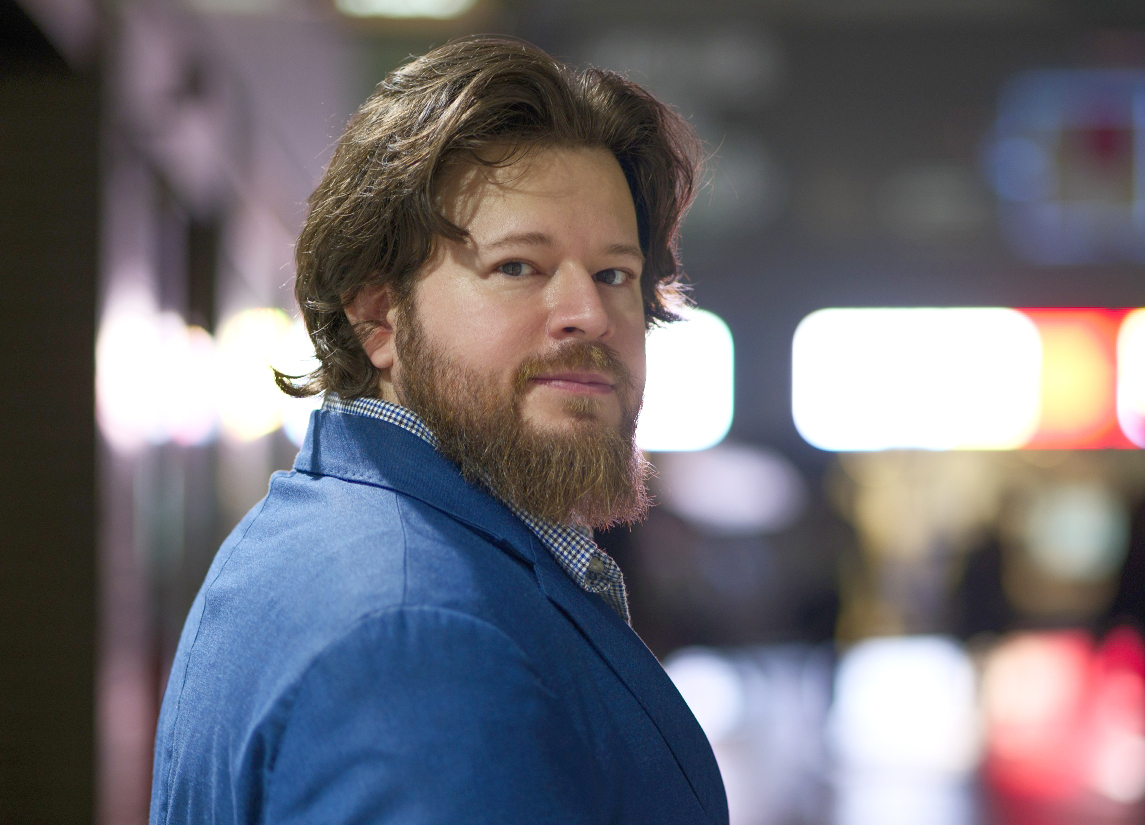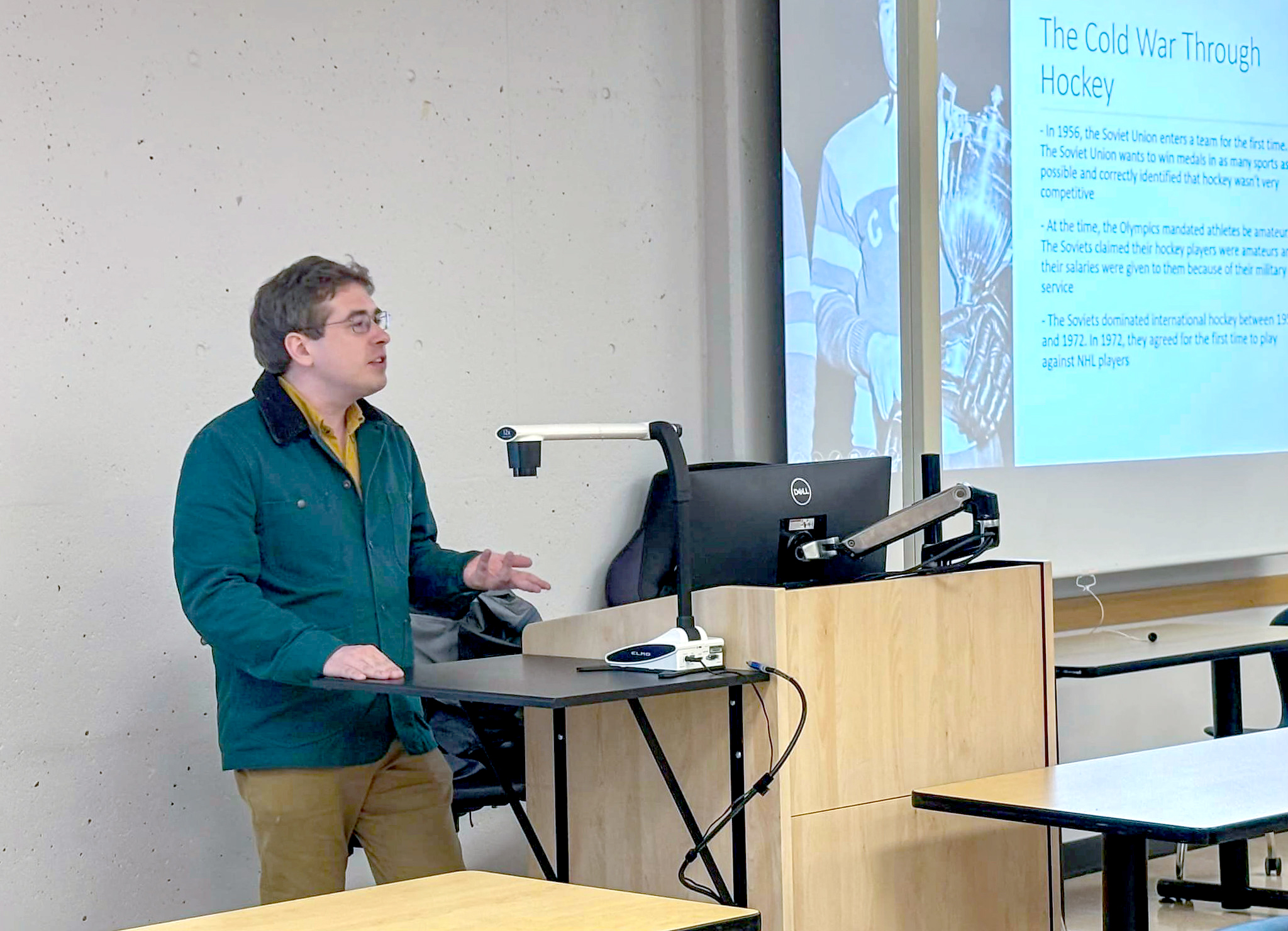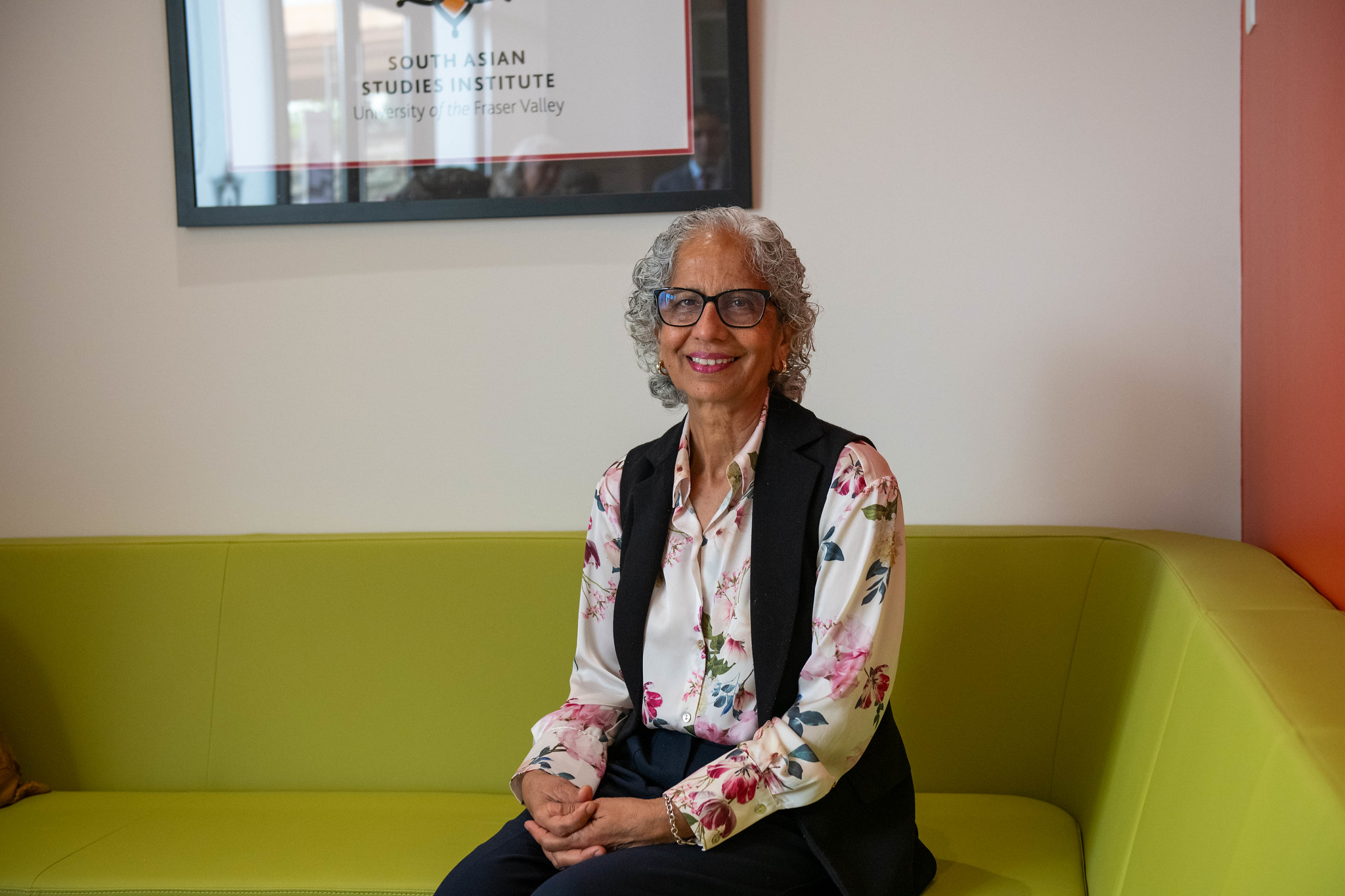UFV researchers analyze mobile technology in treating chronic pain
 No, it’s not just a headache. Nor is it just a backache that is sometimes triggered when you golf.
No, it’s not just a headache. Nor is it just a backache that is sometimes triggered when you golf.
Chronic pain is not something that can just be chalked up as a minor physical inconvenience. It is sensory — sometimes nerve pain — that is burning, tingling and, like its name suggests, persistent and long-term. It is invisible, can constantly feel like body aches from the flu, and often has a strong impact on one’s mental health.
“People sometimes have a misconception of what chronic pain looks like,” says Dr. Cynthia Thomson, an assistant professor at UFV’s Health Sciences department. “Maybe they think that someone is not taking care of themselves or is unhealthy. And that is not the case at all.
“Unless you’ve experienced yourself, you cannot truly understand.”
Thomson understands the stereotypes and misconceptions of chronic pain. She has, after all, lived with the condition for the better part of the past decade — as have one in four Canadians, ages 15 years or older. At UFV, she has found a confidante who can relate to her situation.
“Both myself and Cynthia have lived with chronic pain for over 10 years, which we both developed during our PhD studies,” says Dr. Luisa Giles, assistant professor in UFV’s Kinesiology department who completed her doctoral studies at the same time as Thomson and forged a friendship then. Together, the two have talked at length about treatments, remedies, and specialists to combat their conditions.
“Ultimately, we are really interested in trying to better understand how we can help those in similar situations,” Giles adds.
One form of treatment that has resonated with both has been the Curable App, a mind-body based app designed to provide coping tools, exercises, and education to address the physical, emotional, and psychological components of chronic pain. The app yielded such favourable results for Giles that she recommended the app to one of her kinesiology students experiencing unbearable pain.
“What I love most about the Curable App is that I’m learning new pain coping strategies and information that is based on clinically proven science,” says that student, noting she uses the app 3-4 times per week. “Most of the information I have never heard of before, and that’s coming from someone who has lived with a medical condition for 23 years now, chronic pain for 10 years, and been studying kinesiology for five years.”
She adds: “Within two months, my pain was practically gone.”
Even with the favourable results they were experiencing and witnessing first hand, Giles and Thomson, with the help of research assistant Hanna Pahl, decided in the summer of 2021 to officially verify the effectiveness of the app.
“Even though this is a mobile application, it hasn’t been independently studied,” says Thomson. “There are so many anecdotal stories about people having success with this app — and I consider myself to be one of those stories. But I’m a scientist so I wanted to measure, test, and verify the data.”

The first phase of the trial started in October 2021. In order to participate in the study, potential participants had to have been in chronic or persistent pain for at least six months — experiencing pain for over half of those days. Over 60 people participated in the six-week study, which was about half of the ideal sample size of 120.
Prior to the study, participants were required to fill out a questionnaire about their pain history and mental health status. They were asked to open and engage with the app at least four times per week. Every week the study team would email the participants asking about their experience and progress. At the end of the six weeks, the participants completed a closing survey.
On top of measuring pain symptoms, the researchers closely monitored the emotional and mental state of the participants.
“The mental problems I have because of my pain I would argue are even worse than the physical symptoms,” says the anonymous student, who did not participate in the study. “For starters, when the pain is present, my ability to focus is all but gone. If I’m in class or doing homework, I am not able to retain anything of what I’m learning.”
“There is a very strong correlation between chronic pain and depression and anxiety,” adds Thomson, noting that symptoms were heightened during the pandemic. “And so, that’s where the app is quite strong in that it does work on cognitive behavioural therapy. There are brain training techniques for different types of cognitive reframing of your beliefs about pain, which can also influence mood states.”
Giles and Thomson are currently assessing the results of the first trial as the second cohort consisting of 100 participants gets underway this month. They are also recruiting for a third cohort for early spring 2022. Early results and feedback have been favourable.
“I just want to say this study changed my life,” emailed one participant in the first trial. “I am off all my opioids, instead of taking from 60/400 codeine/paracetamol every four hours. I have more desire and motivation.”
As researchers, they understand the importance of waiting for completed results before jumping to any conclusion.
But they are also aware that the app has the potential to help a wide net of people — particularly in remote communities where in-person treatment is sparse — in their journeys to combat chronic pain and the mental anguish associated with it.
“I acknowledge that as a person who has experienced improvement, that I come in with some bias,” Thomson admits. “I am hoping to find that others experience improvement too, and that it is statistically significant because it would make treatment so much more accessible to people. But we have to let the data tell us first.”




